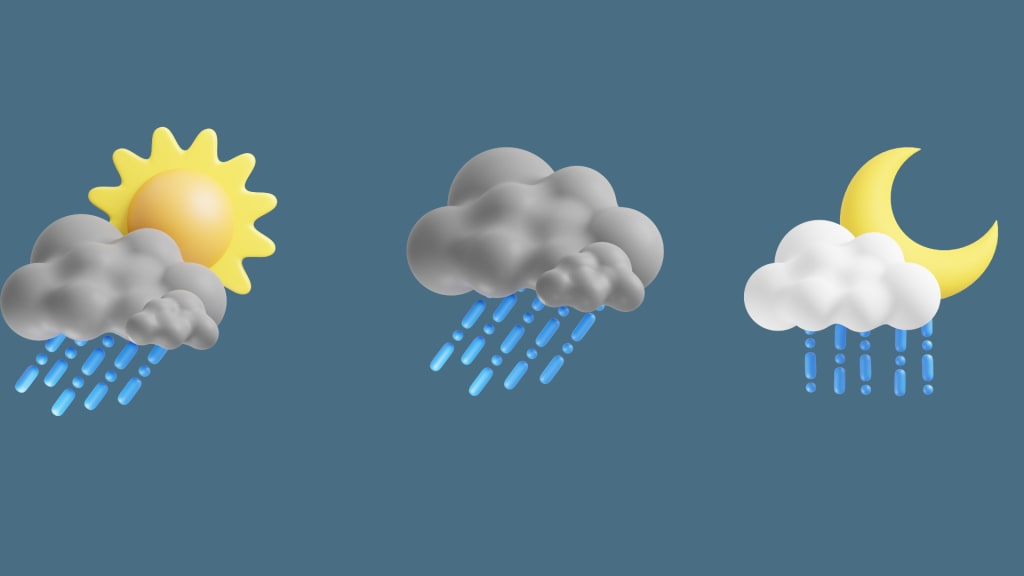Unlocking Insights: Data Science and Visualizations of Weather Patterns with CBAM and the Weather API
Real-Time & Historical World Weather Data API

Introduction:
In an era of unprecedented technological advancements, the convergence of data science and weather analytics has given rise to transformative insights that can reshape our understanding of climatic phenomena. This article delves into the potent combination of Convolutional Block Attention Module (CBAM) and Weather APIs, exploring how this synergy empowers data scientists to unravel complex weather patterns and generate visually compelling representations.
Data Science, Visualizations, Weather Patterns, CBAM, Weather API
The Power of Data Science in Weather Analysis:
Data science has emerged as a game-changer in numerous fields, and its application in weather analysis is no exception. By harnessing the immense volumes of data generated by various meteorological sources, data scientists can employ sophisticated algorithms and models to extract meaningful patterns, trends, and anomalies within Weather information API datasets.
Convolutional Block Attention Module (CBAM): A Cutting-Edge Approach:
CBAM represents a cutting-edge methodology within the realm of computer vision. It enhances the capabilities of Convolutional Neural Networks (CNNs) by introducing attention mechanisms, allowing models to focus on specific features within an image. Applied to weather data, CBAM enables more nuanced analysis, ensuring that the data science models can discern intricate patterns and variations in weather conditions.
Visualizing Weather Data with CBAM:
The incorporation of CBAM into weather data analysis facilitates the creation of highly detailed visualizations. By pinpointing areas of interest within meteorological images, CBAM enhances the interpretability of visual data, enabling meteorologists and data scientists to gain deeper insights into the dynamics of weather patterns.
Weather API: Gateway to Real-Time Meteorological Data:
To fuel data science endeavors, access to real-time and historical weather data is imperative. Weather APIs serve as the gateway to a treasure trove of meteorological information, offering a rich repository of temperature, precipitation, wind speed, and other crucial parameters. Integrating a Weather API into data science workflows ensures that analyses are grounded in accurate and up-to-date information.
Unveiling Weather Patterns: A Data Science Journey:
As data scientists embark on the exploration of weather patterns, CBAM, and Weather APIs synergize to unlock valuable insights. The data science journey begins with the extraction of raw weather data through the Weather API, providing a comprehensive snapshot of meteorological conditions at a specific location and time.
Data Preprocessing and Feature Engineering:
The acquired weather data undergoes meticulous preprocessing and feature engineering, a crucial step in refining the dataset for subsequent analysis. CBAM aids in identifying relevant features and patterns within the data, ensuring that the subsequent data science models are trained on the most salient aspects of weather conditions.
Model Training and Predictive Analytics:
With the preprocessed data in hand, data scientists leverage CBAM-enhanced models to engage in predictive analytics. These models can forecast weather patterns, offering invaluable insights into future meteorological conditions. CBAM's attention mechanisms play a pivotal role in capturing subtle variations within the data, contributing to the accuracy and reliability of predictive models.
Visualizing Weather Insights:
The true power of CBAM and Weather APIs comes to fruition in the realm of visualizations. The attention mechanisms of CBAM enhance the granularity of visual representations, allowing meteorologists and data scientists to create detailed maps, graphs, and animations that vividly depict weather patterns. These visualizations serve not only as tools for analysis but also as communication aids for conveying complex meteorological insights to a broader audience.
Case Studies: Real-World Applications:
To illustrate the practical impact of CBAM and Weather APIs in data science, let's explore a couple of real-world applications.
Hurricane Tracking and Intensity Prediction:
Leveraging historical weather data through the Weather API, data scientists can train CBAM-enhanced models to predict the trajectory and intensity of hurricanes.
The attention mechanisms of CBAM highlight key features in satellite imagery, aiding meteorologists in making more accurate predictions about the storm's path and potential impact.
Urban Heat Island Effect Mapping:
By integrating real-time temperature data from Weather APIs, data scientists can employ CBAM to create high-resolution maps depicting the Urban Heat Island effect in cities.
These maps provide valuable insights for urban planners and policymakers, informing decisions to mitigate the impact of heat islands on public health and infrastructure.
Conclusion:
In the era of big data and advanced analytics, the marriage of data science, CBAM, and Weather APIs heralds a new frontier in weather analysis. This powerful trifecta empowers data scientists and meteorologists to not only unravel the intricacies of weather patterns but also to communicate these insights effectively through visually compelling representations. As technology continues to evolve, the collaborative efforts of data science and meteorology promise a future where our understanding of weather phenomena reaches unprecedented levels of precision and sophistication.
About the Creator
Enjoyed the story? Support the Creator.
Subscribe for free to receive all their stories in your feed. You could also pledge your support or give them a one-off tip, letting them know you appreciate their work.





Comments
There are no comments for this story
Be the first to respond and start the conversation.